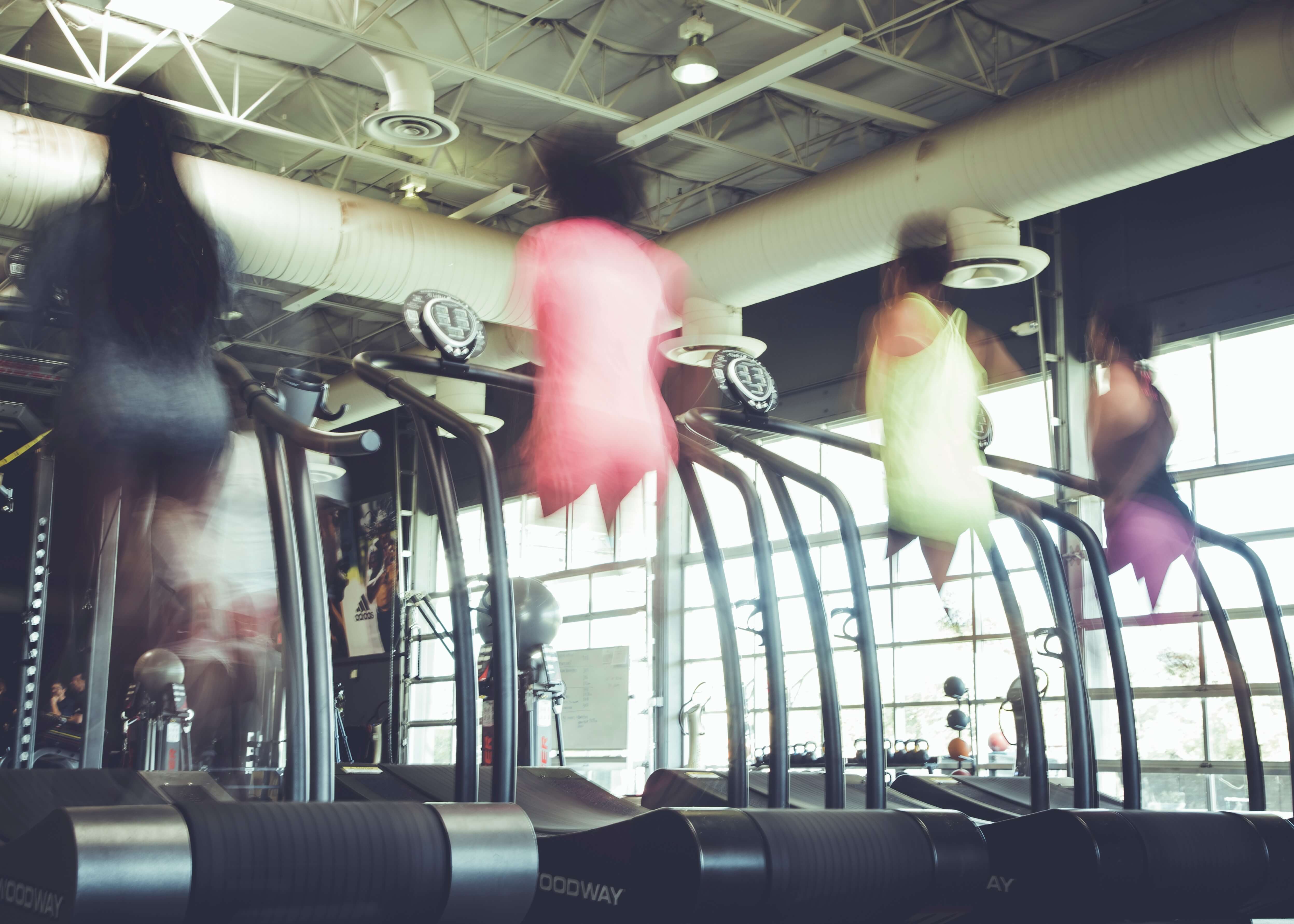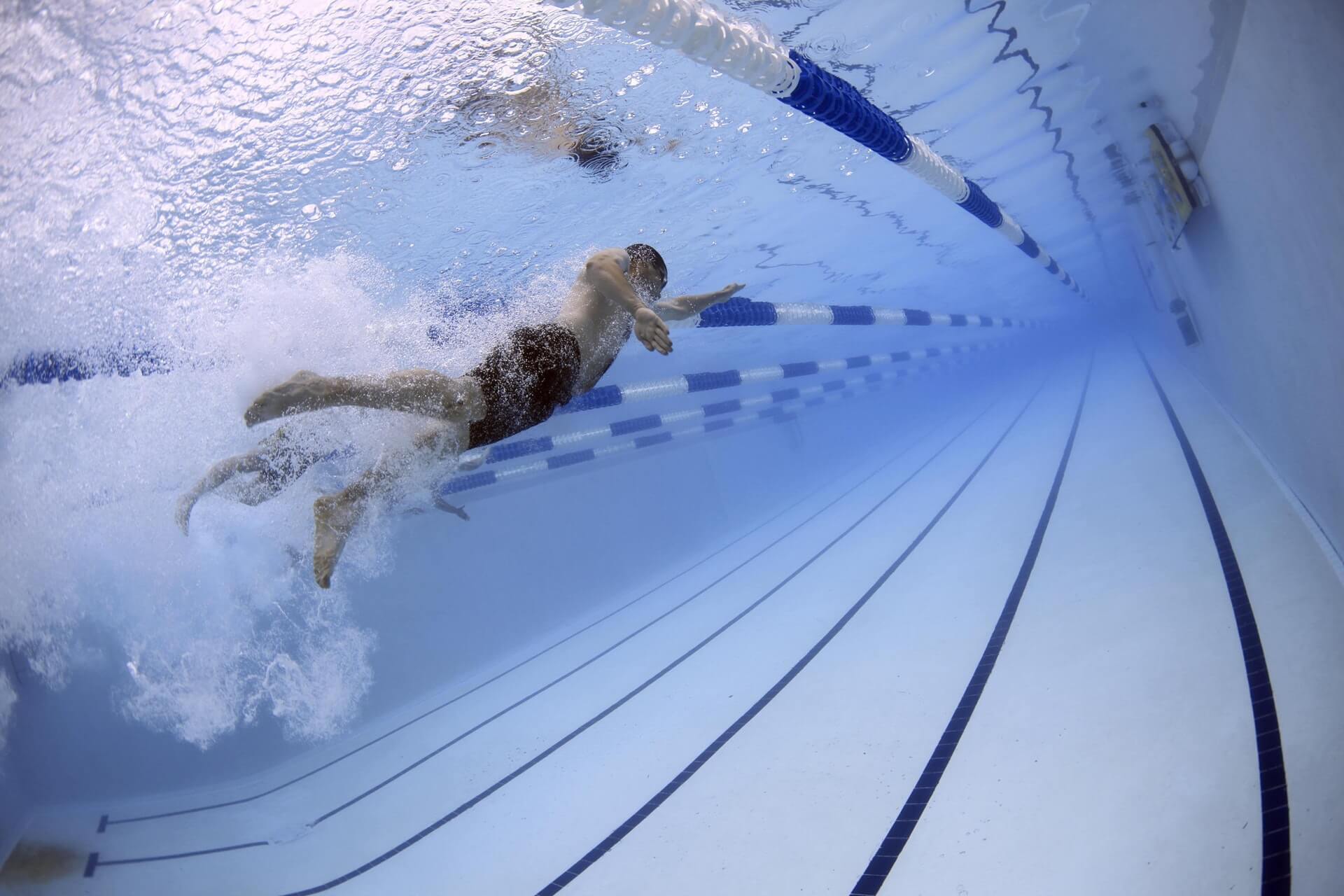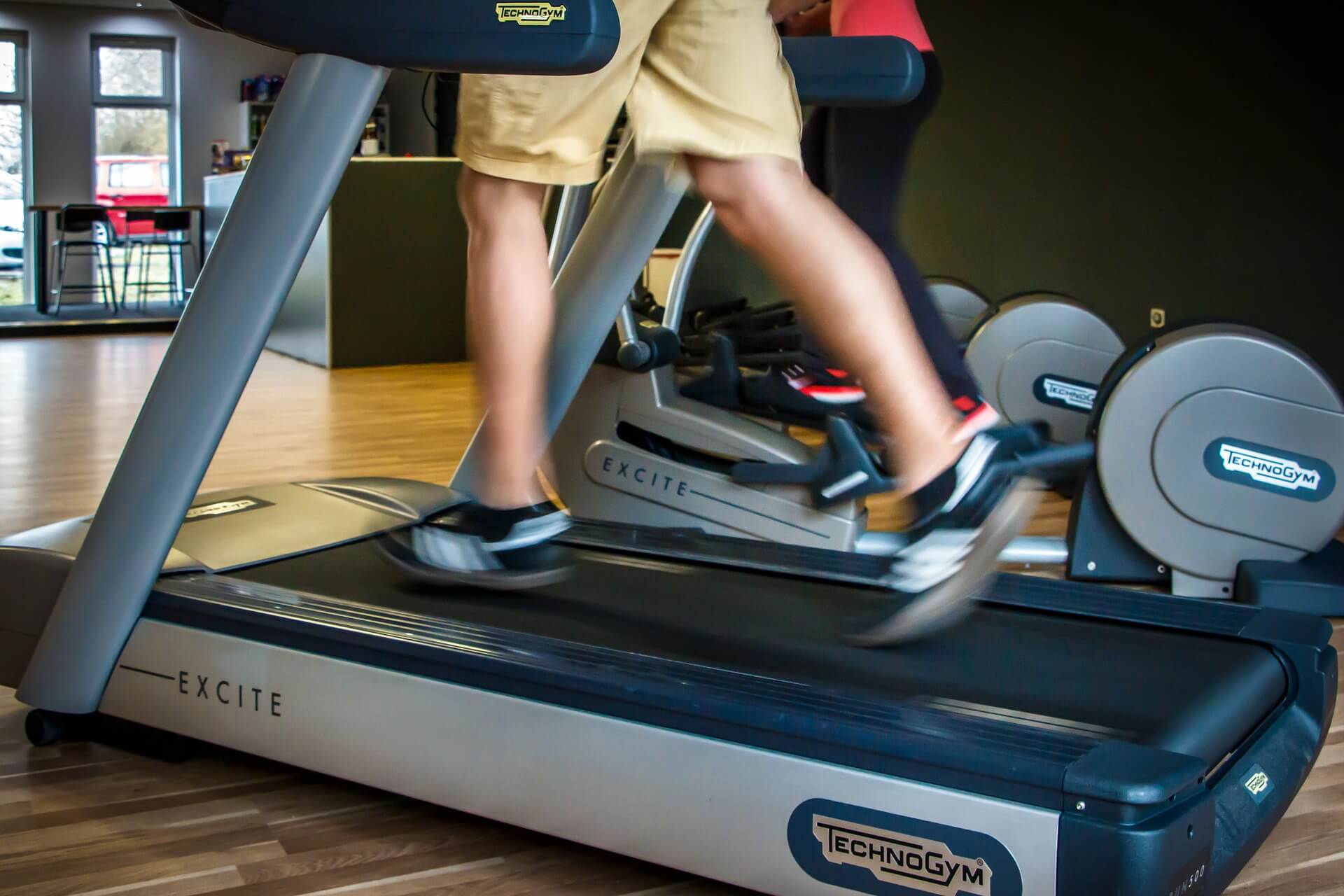The Anti-Gravity Treadmill: Benefits for Rehab & Running

For a large proportion of runners, when told they cannot run due to an injury, it can be devastating news. Most runners will actually try and continue to run through injuries and suffer through the pain, while making the problem worse. The majority of running injuries are caused by overuse and have a gradual onset. For this reason, runners tend to continue the sport initially since pain and limitations are minimal. Little do they know that they are only leading themselves up to an inevitable point—time off. Once you’ve concluded your fair share of time off, returning to your prior level of running function is significantly difficult for most. The loss of fitness during this time is unavoidable and it takes a great deal of patience to get back to prior training levels. If only there were a magic pill or device to allow you to start back up where you left off!
There is no such thing, but there are several training and rehabilitation programs that are more effective than others to assist in expediting the process. A relatively new piece of equipment that has been available to athletes over the past few years is the anti-gravity treadmill. This equipment uses Differential Air Pressure technology to unweight the body during running or walking. Basically you run in a giant air bubble, which gradually adjusts your weight by counteracting gravitational forces. You can walk or run at 100% to as low as 20% of body weight. The lower end would be ideal for athletes recovering from lower leg fractures, for example.

Unweighting for Recovery
The concept of body unweighting is nothing new, as physical therapy clinics and hospitals have been using similar techniques for patients recovering from orthopedic injuries, strokes, and other neurological conditions. The use of harnesses over treadmills and walking paths with parallel bars is commonly used which applies the same concept as the anti-gravity treadmills. The act of lifting weight off of the body is useful to reduce pain and effort, as well as to avoid breaking contraindications to certain diagnoses such as a partial-weight bearing protocol applied to a stress fracture of the foot. The main difference of the anti-gravity treadmills is that it allows one to move the body through its full range of motion and more natural movement patterns, unlike using a harness contraption.
Besides the harness and the newer updated anti-gravity treadmills, athletes are limited in what exercises they can do to maintain as much fitness as possible. Aquatic therapy practices have been a go-to form of rehabilitation for runners and athletes suffering from injuries requiring no more than low impact to partial weight bearing exercises. Immersing the body in the water up to above the hip bones, decreases body weight by about 47%. While swimming is a great alternate for cardiovascular fitness, many runners opt for aqua jogging which is quite helpful for maintaining some strength of the running muscles and aerobic endurance. The downside of pool running is it does not allow for the full range of motion of the running mechanics, so it does not quite mimic natural running. The upside is that this option is a very inexpensive one when compared to getting your hands on an AlterG Anti-Gravity Treadmill, which can cost between $35,000 and $75,000.

Arthritis Rehab & Gait Training
Research has shown that controlled loading of bodyweight on osteoarthritic knees, especially in overweight and obese individuals is highly effective at decreasing pain over time by improving thigh strength and joint function. This method of healing injured tissue works by enabling a person to get through exercise with less pain and even pain-free in many cases. Many conditions experienced by runners, besides arthritis, may have faster recovery times when incorporating the anti-gravity treadmill, since it allows this controlled bodyweight loading. Along with the anti-gravity effect, these treadmills also provide a detailed gait analysis that is useful in correcting improper running mechanics, especially those that increase injury risk. Another useful tool is “Overspeed Training” where runners can actually tolerate running faster than their maximum, which can help improve performance over time.

For More Than Just Pain
Besides improving pain from arthritis more effectively, other studies have evaluated positive outcomes of using anti-gravity treadmills for rehabilitating post-stroke patients. Recovering from a stroke that affects the upper and/or lower limbs requires a great deal of repetition of activities to gain appropriate function. Being able to walk with more ease using this type of treadmill allows these patients to walk for longer periods of time, providing a shorter rehabilitation process. Anti-gravity treadmills are also useful for individuals with a history of frequent falls due to weakness and loss of balance. Being able to walk at different speeds without worrying about losing balance or buckling of the knees is a sigh of relief for the geriatric population.
From analyzing gait for walking and running to helping stroke victims, the anti-gravity treadmills are a significantly beneficial tool to incorporate in the rehabilitation process. If you are a runner who is limited by arthritis pain or recovering from an injury or surgery, consider locating a physical therapy clinic that has an AlterG Anti-Gravity Treadmill. Although it cannot heal injured and arthritic tissue, it may assist in making your rehabilitation time period much shorter, and you may even end up a better athlete! It is also useful to keep in mind all of the other benefits of this treadmill in not only orthopedic problems, but also neurological conditions as well.
Sources
Latest Articles
 Is Running on a Treadmill Easier Than Running Outside?Runners have their own preferences, whether it is treadmill running, running outside on the road, or exploring trails. So...
Is Running on a Treadmill Easier Than Running Outside?Runners have their own preferences, whether it is treadmill running, running outside on the road, or exploring trails. So... Is It OK to Use Trail Running Shoes on the Road?While trail running shoes can be used on roads, especially in situations where a runner encounters mixed terrains or pref...
Is It OK to Use Trail Running Shoes on the Road?While trail running shoes can be used on roads, especially in situations where a runner encounters mixed terrains or pref... How to Fix Sore Quads After Running?Rest, ice, gentle stretching, and over-the-counter pain relievers can help soothe sore quads after running. Also, ensure ...
How to Fix Sore Quads After Running?Rest, ice, gentle stretching, and over-the-counter pain relievers can help soothe sore quads after running. Also, ensure ... 10 Fruits With The Most Electrolytes to Replace Sports DrinksThese fruits are high in electrolytes such as potassium, magnesium, and calcium, essential for hydration, muscle function...
10 Fruits With The Most Electrolytes to Replace Sports DrinksThese fruits are high in electrolytes such as potassium, magnesium, and calcium, essential for hydration, muscle function...

